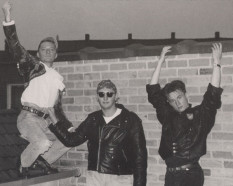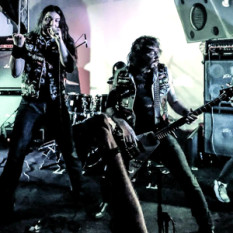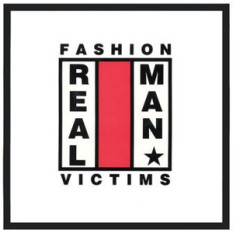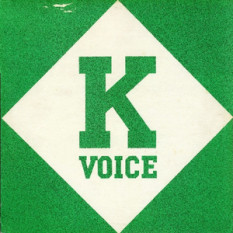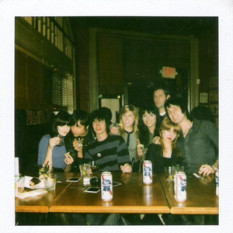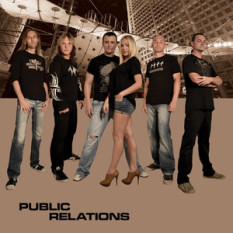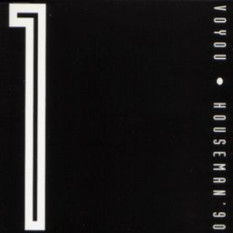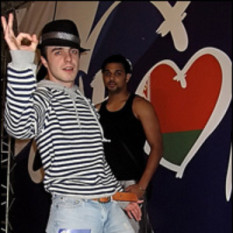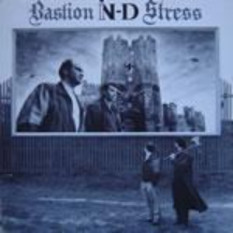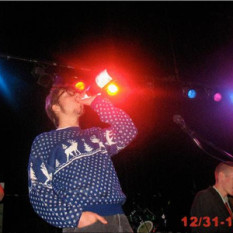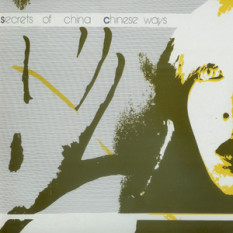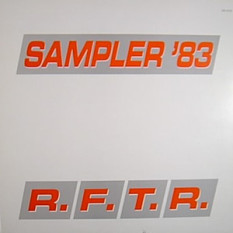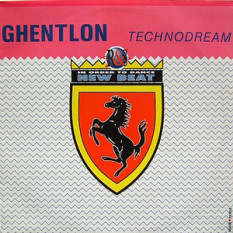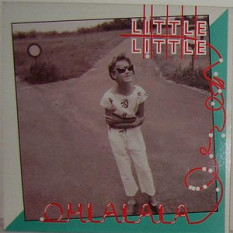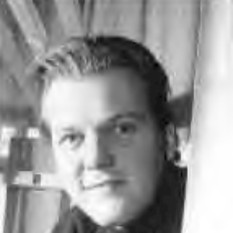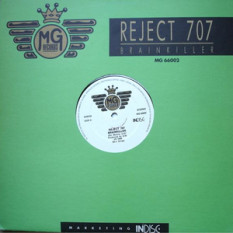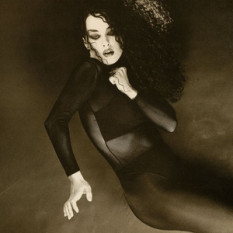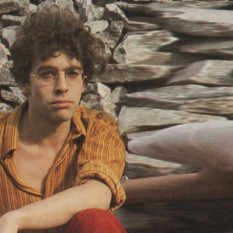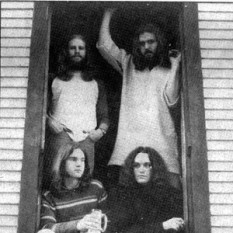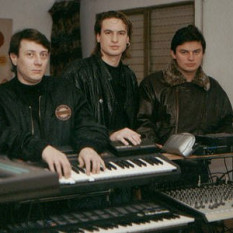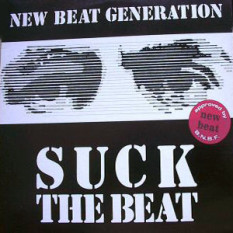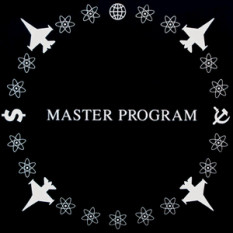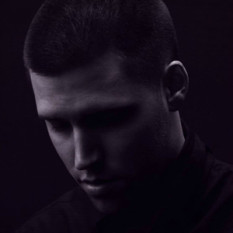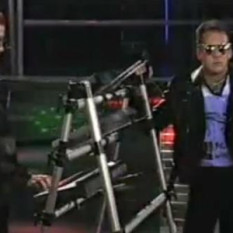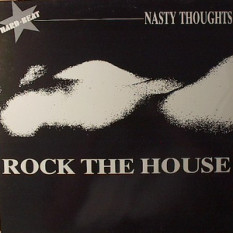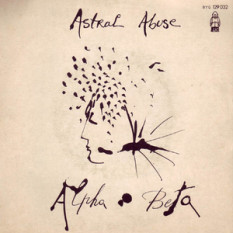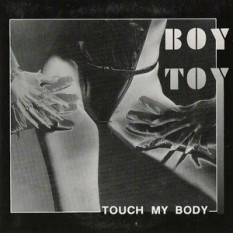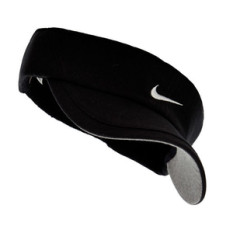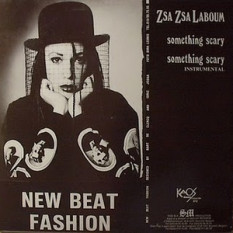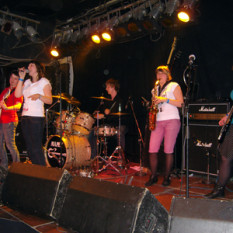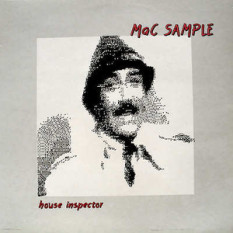Probably the most common use of the term "New Beat" is to describe the slow dance songs created by Belgian bands such as A Split Second, Lords of Acid, Amnesia and Confetti's in the late 1980's. New Beat drew on a wide range of influences including new wave, synthpop, Hi-NRG, industrial, acid house and Detroit techno. Belgian bands with a similar style that came to prominence in the 1990's such as Praga Khan, Cubic 22 or T99 are more likely to be described as rave or hardcore or more recently 'old school.' More recent genres such as happy hardcore, gabber, hard trance and hard dance all trace their origins back to New Beat.
The term has had other uses over time. It was first used in the USA during the early '80s. At the time, this New Beat music was a contemporary genre to Techno from Detroit and House from Chicago, although not intrinsically linked. The Americans at the time used the term to describe those music styles that they never heard before. It was the new beat of the time, the new sound, very different from Hi-NRG disco, New Wave, Synth Pop, Rap or whatever. The term was soon replaced by other terms, so virtually any USA hits once described as "New Beat" are today considered a part of another music style, most of the time simply House or Techno.
The second time that the term New Beat used, was in Europe. First, appeared in Belgium, around 1987, to describe a local music style that mainly developed out of 'Bodybeat' heralded by the early formation of Front 242. When MTV Europe began in the summer of 1987, it brought the term to the UK. In the UK, the term New Beat was used in 1987–1988 for various local Acid house / Techno Rave productions, to point out that this was a new sound of dance music and a less commercial alternative to UK's Eurobeat. Eurobeat was at the time used in the UK for the Stock Aitken Waterman productions. Eventually, the term became mainstream, especially between the summer of 1989 and the summer of 1990, but faded fast after Euro House took over. Because of the relation of the "New Beat" and Acid house in the UK during 1988, the later commercial "New Beat" European productions, sported the Smiley as symbol of love in the British related markets. Various British "New Beat" productions, eventually migrated to the 'Bacalao' scene in Valencia Spain.
Before the term New Beat began to fade (during 1990-1991), it was used one last time to describe many Belgium and German dance groups like Technotronic, Snap, Confetti's, The adventures of Stevie V, McSar & the Real McCoy and Twenty4Seven on the minor European (and related) markets (Greece, Spain, Italy, Turkey, Israel, Southern France). The term in this case used again like the way it used in USA almost a decade before to describe the overall "new" dance sound of the time and not so much a music style. It was generally used to fill the "gap" between 80s Euro disco and the 90s Euro-House).
USA fans of 90s Eurohouse (in the USA the term "90s Eurodance" is used), testify that the term New Beat was also used for a short while during the early 90s, to describe various early 90s imports on the USA market, like 2 Unlimited, Quadrophonia, T99, etc. .

